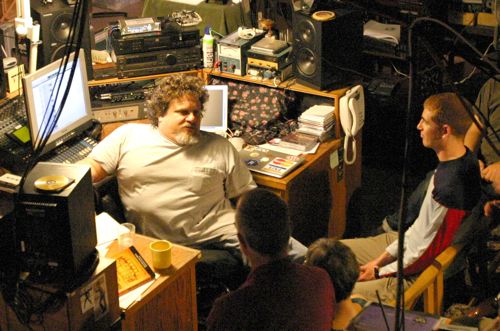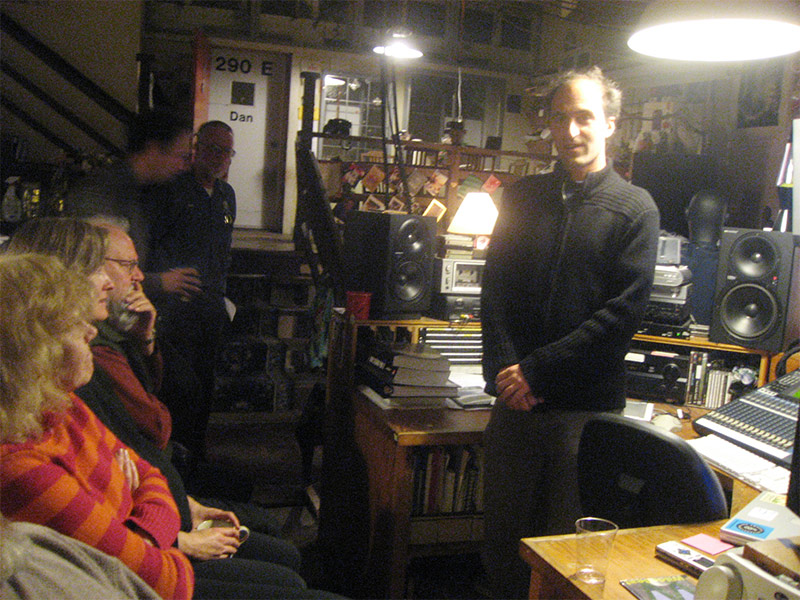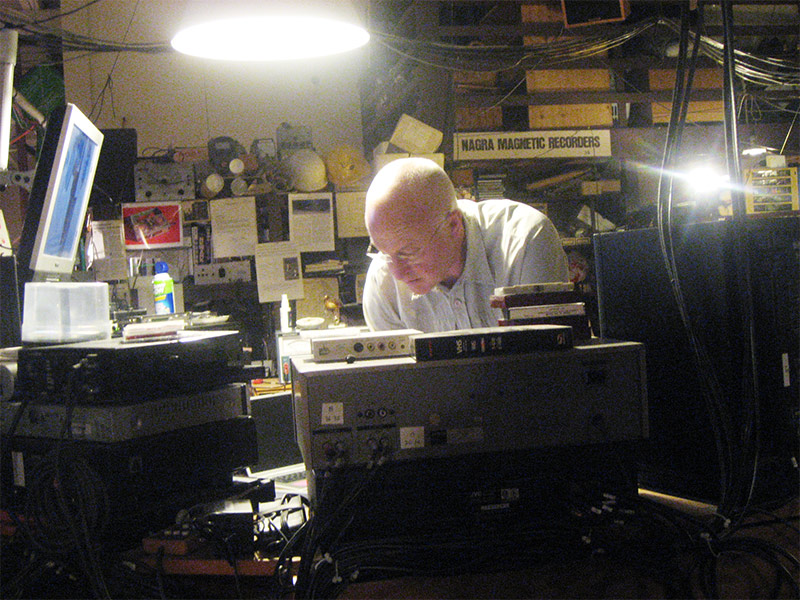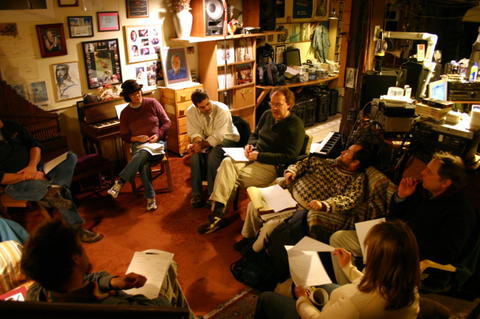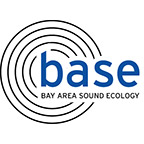On May 14th sound designer James LeBrecht presented a selection of favorite sounds he has recorded over the years with a focus on his recent installation for the Oakland Museum exhibit TRADING TRADITIONS: CALIFORNIA’S NEW CULTURES (January 19-April 6, 2008) as well as other recordings both urban and natural.
Award-winning sound designer James LeBrecht has supervised or edited sound for feature films and documentary project that include The Blood of Yingzhou District, Daughter from Danang, Battlefield Earth and The Skulls.
In the exhibition world, James has designed sound for the E3 conventions in Los Angeles, the Rock and Roll Hall of Fame and the Luxor Hotel in Las Vegas. Game credits include work for clients such as EA, MAXIS, TECMO and Midway Studios-Austin.
James has designed and produced sound effects and music for over 100 professional theatrical productions and co-authored the book “Sound and Music for the Theatre: The Art and Technique of Design” with Deena Kaye.
For Basebot, James started with some selections from TRADING TRADITIONS “which vividly depicts how immigrants to the Bay Area don’t just want to fit in, but to remain distinct within the community at large and among other newcomers.†He did the sound design for the exhibit and recorded much of the material that was used. We all listened as he skipped around through the various different clips that he had. One was a round being sung in a church. There was a clip of a multicultural dinner with at least 3 different languages being spoken at various times which was fun to hear. Also interesting was hearing all the different sounds from the dinner table and kitchen as well as a piano being played in the background. He then played a different take on Gershwin’s Rhapsody In Blue with ethnic instruments from mostly eastern cultures as the orchestra, which was a highlight for me. James also had some great foghorn recordings that he sampled for us.
Some other recordings were of some street scenes late at night in the tenderloin. There was some discussion of technique and equipment. James had purchased a Zoom recorder which led to some talk of the benefits and disadvantages of the Zoom and how it works. We listened to some urban soundscapes he’d recorded in quadrophonic, and discussed the differences between recording in quad and stereo. Someone asked about mixing down from quad to stereo and James talked a bit about his work in film and dealing with this aspect of recording. Dan Dugan remarked on the disappearance of various urban sounds that you don’t hear nowadays such as the Filmore District of the 1960s – more people on the streets in certain neighborhoods before more cars were routed through those streets.
Toward the end of the evening James played some old recordings he did in his mother’s backyard in Maryland. These were summer recordings with evening insect and frog sounds. There was also a thunderstorm clip too that was fantastic. James talked a bit on using PZM mics for certain location recordings, which led to some talk on frequency issues with certain mics. This then led to another discussion of what were people’s favorite sounds. For some, childhood sounds were favorites while others had more specific personal choices. All in all it was a fun evening with interesting sounds and conversation.
– Blair Collins
Links:
James’s Studio:Â Berkeley Sound Artists
James’s book with Deena Kaye on Theatrical Sound Design (Amazon Link): Sound and Music for the Theatre: The Art and Technique of Design
Exhibit site from the Oakland Museum of California: Trading Traditions
[editors note:Â an audio recording will be available once it’s edited]

